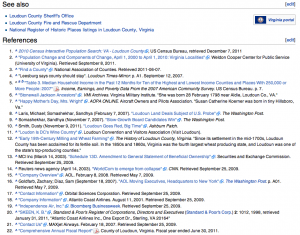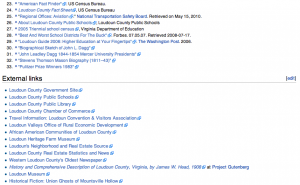Mat Honan’s account of how he lost his digital life to two hackers was an intriguing read. The article was written in a friendly fashion and was enjoyable to read. I was surprised to see how far some hackers went just to get someone’s Twitter handle. This is funny to me as I personally know someone who desperately wants another person’s Twitter handle; but going so far as to hack and destroy someone’s accounts for it seems a little too far.
I personally use Apple products. I’m writing this from my MacBook Pro right now. I am very involved on the Internet and I have multiple emails and accounts. It’s safe to say that I am just as vulnerable as Honan was. In that sense, the article was a good lesson to me about the vulnerability of the digital age. I liked how Honan outlined exactly what happened and discussed what he did wrong. At the end of the article, he described what he should have done. This was a very useful section in the article because I try to follow those methods to stay safe and secure with my identity.
I was surprised to see how easily Apple gives information away to others and how easy it is to get into an account. It seems like Apple is not the only one who does that, though. I feel like it would be relatively easy to call into any tech support and get information, as long as you provide the basic requirements to gain access. The digital age brings a new haziness to identity, and there are a number of human flaws that can also play into it. For example, pulling up the wrong account.
Safety is a vital issue and I think stories like Honan’s are influential in updating and fixing account security. I think it is ultimately up to the user to be as secure as possible. Hackers may be bad, but in committing these ethical crimes they force companies to build a tighter security network.
I’m not exactly sure how “secure” I am with all of my technology. I used a variation of a similar phrase for most of my passwords, which is pretty bad. However, for things that are more personal, I use a completely different password. I don’t disclose private information with anyone and I don’t autofill all of my accounts, so that keeps others from gaining access to my information. I keep a lock on my laptop so that only I can access its contents. Nonetheless, I feel like I could be a much smarter and more safe digital user. I know that there is room for improvement.



